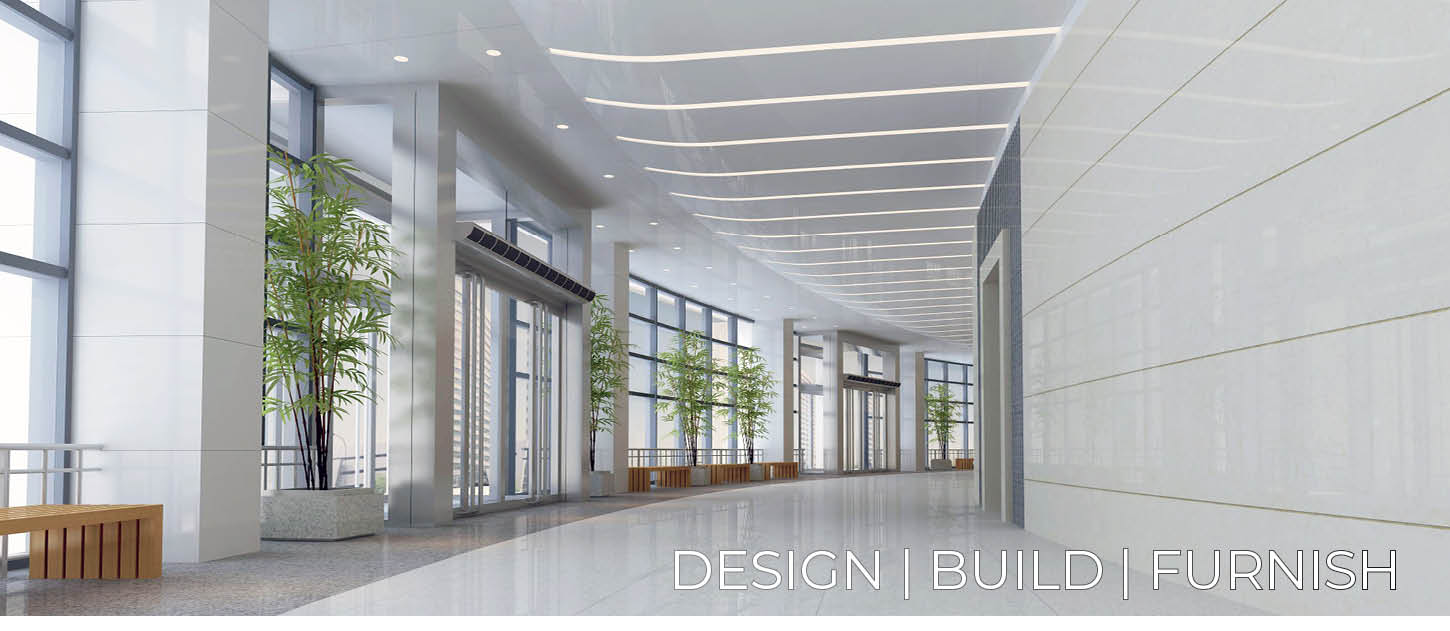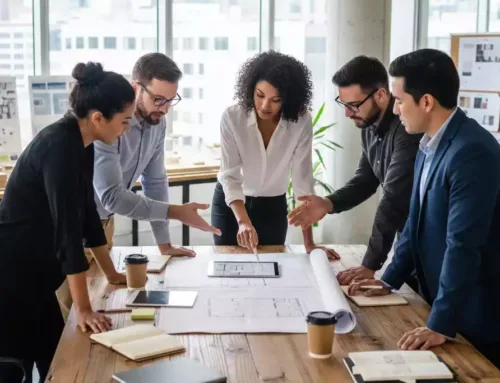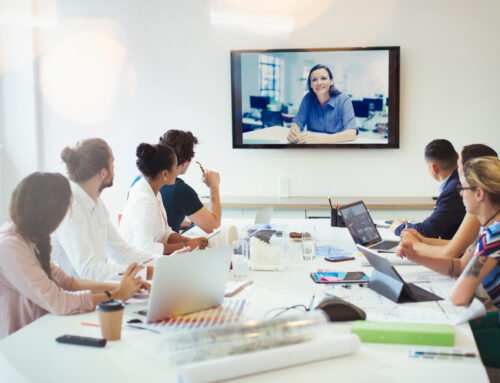Lighting As A Wayfinding Tool

Have you ever gotten lost in a building before? Odds are, it wasn’t a very pleasant experience. Yet, established organizations often occupy very large spaces, and it can be easy for visitors and newcomers to lose their bearings in an unfamiliar building or area. This, though, can be very bad news for business leaders. You don’t want potential clients, partners, patients, or employees to feel unsettled or frustrated by a confusing layout or a difficult-to-navigate office design. As such, it’s crucial for office designers to place wayfinding aids throughout spacious work places.
Wayfinding is a process by which people figure out their location and determine where they need to go next. While some wayfinding design elements are very straightforward –– like maps and directional signs –– others are more subtle but often just as important. Today, we’ll explain the role lighting can play in wayfinding, as well as the benefits of having a properly illuminated work area.
Light as Wayfinding tool
Using lighting as a wayfinding tool is not a new concept, but it is still an effective way to guide people through a building or space. It’s worth keeping in mind that the way light is arranged and used in a space can have a big influence on the overall nature of a built environment. Lighting doesn’t just affect the way a space looks –– it can also change how it feels.
Effective and creative lighting will help people find their way through an area and experience a space as the builders intended it to be experienced.
Here are three different ways lighting can be used to improve wayfinding:
#1 Law of Attraction
It shouldn’t come as a surprise that dramatic visuals can attract people to space. While lighting itself may not always massively factor into interior design, light fixtures can catch the eye and attract visitors. Consider how a chandelier within a large room or conspicuous lights around a reception area can change your perception of a space, to cite a few examples.
#2 Clarity of Direction
Ultimately, wayfinding is not defined by a single element. Rather, if designers want to help people progress through a given area, they need to utilize multiple factors to act as guides. Signage, maps, colors, and typography can all help people distinguish one area from another and ensure they’re moving in the right direction. However, lighting can be a very meaningful and understated way to bolster more traditional wayfinding measures. Quality design combined with the use of light to create visual cues or focal points will improve wayfinding clarity and enhance the feel of a workspace.
#3 Moth to a Flame
In simple terms, the greater the illumination of space, the greater impact it will have. People are just drawn to light. So when a space is well illuminated –– or when lighting is used to highlight certain features or signage –– people will find navigating through a space much easier.
Contact Us
At Key Interiors, we’re experts in the field of interior office design, and we can help enhance your workspace setup. Whether you need lighting assistance, new furniture, or a whole new layout and design plan, our team will work with you to create an office that your team –– and your visitors –– will love. Contact us today to learn more!






